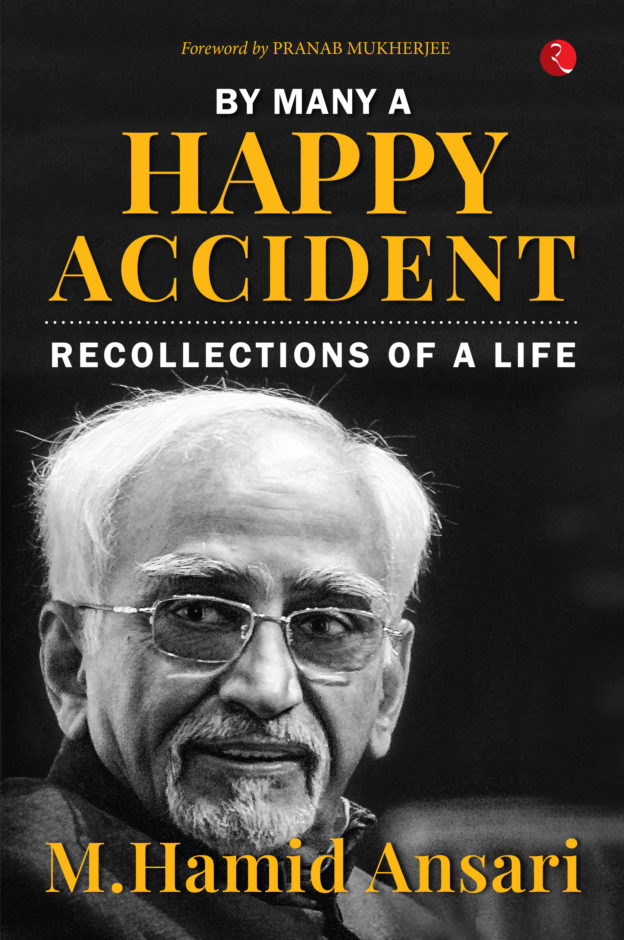Destination Moon: India's Quest For The Moon,Mars And Beyond
Pallava Bagla is Science Editor for NDTV (New Delhi Television) and Chief Correspondent (South Asia) for the American weekly Science. He was honoured by the Indian government in 2005 with the National Award for best science journalism and in 2003 for outstanding journalism by the United Nations ... Read more Read less
'Twenty years from now when space travel is likely to become mundane like airlines travel today, we don't want to be buying travel tickets on other people's space vehicles.' - Dr G. Madhavan Nair, Chairman, ISRO Fabled in songs and poetry, and romanticized by lovers down the ages, the earth's closest neighbour is still an enigma in material terms. Can it sustain life? Does it have water? How did it come into existence? And what is its exact relationship with the earth? Chandrayaan-1, India's maiden moon craft, will seek to unravel these and other mysteries in the most ambitious exploratory mission to the moon in decades. Conceptualised by Indian scientists, it is in some ways a global scientific endeavour, with European and American instruments hitching a ride on a lunar satellite and rocket designed and launched by the Indian Space Research Organization. When the mission was first proposed in 1999, it seemed wildly optimistic to most people. Could a developing nation with limited resources afford to invest so much money, time and effort on research into outer space? Yet, almost a decade later, India's science community has proven beyond doubt that it is capable of meeting the most exacting challenges. This book is a celebration of that achievement. It tells the story of the moon mission from conception to launch - the genesis, the plan, the people, the science. Based on reportage, interviews and most important of all, a deep understanding of the processes involved, Destination Moon is a lucidly written and comprehensive guide to India's engagement with outer space - past, present and future. ... Read more Read less











